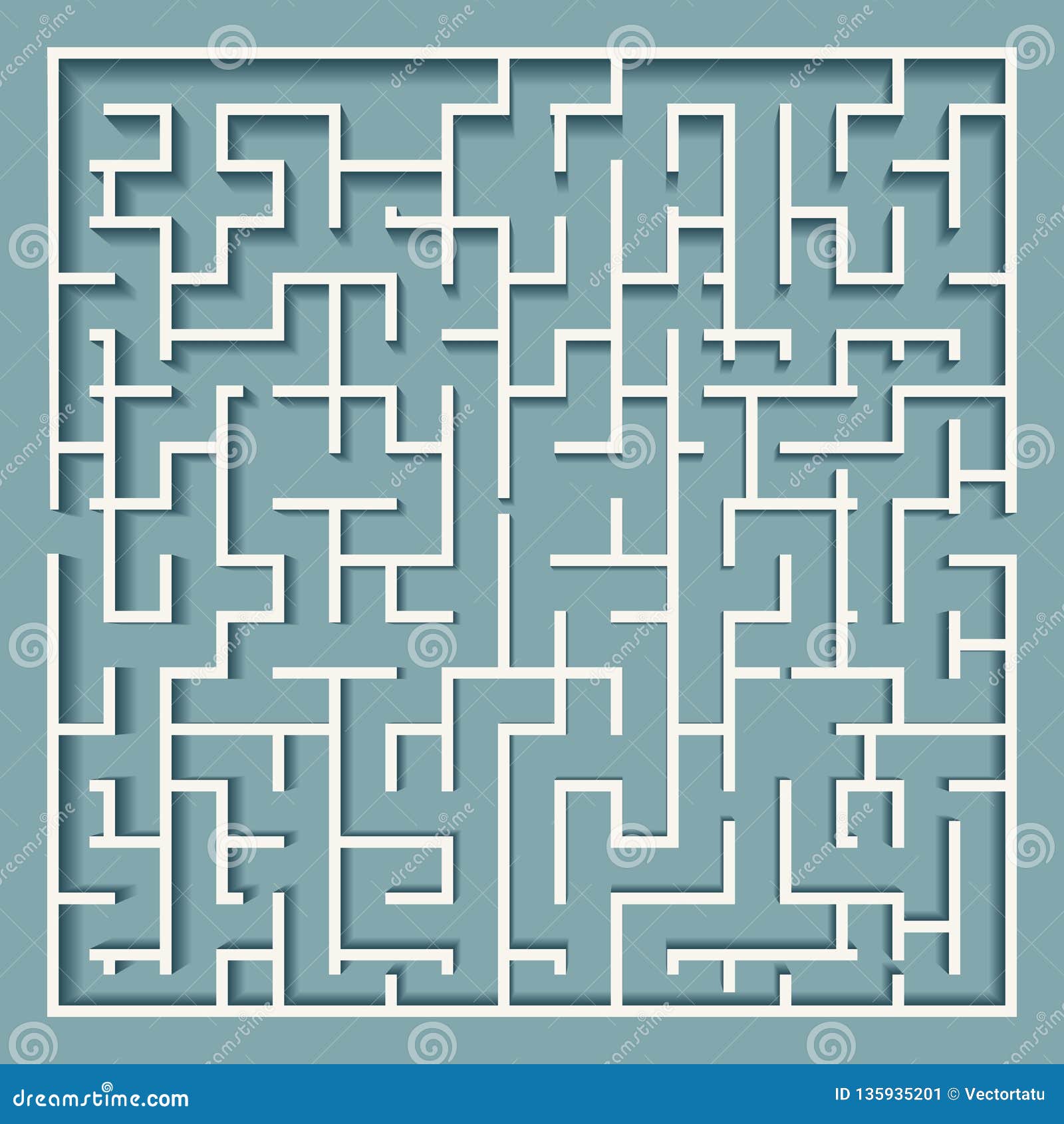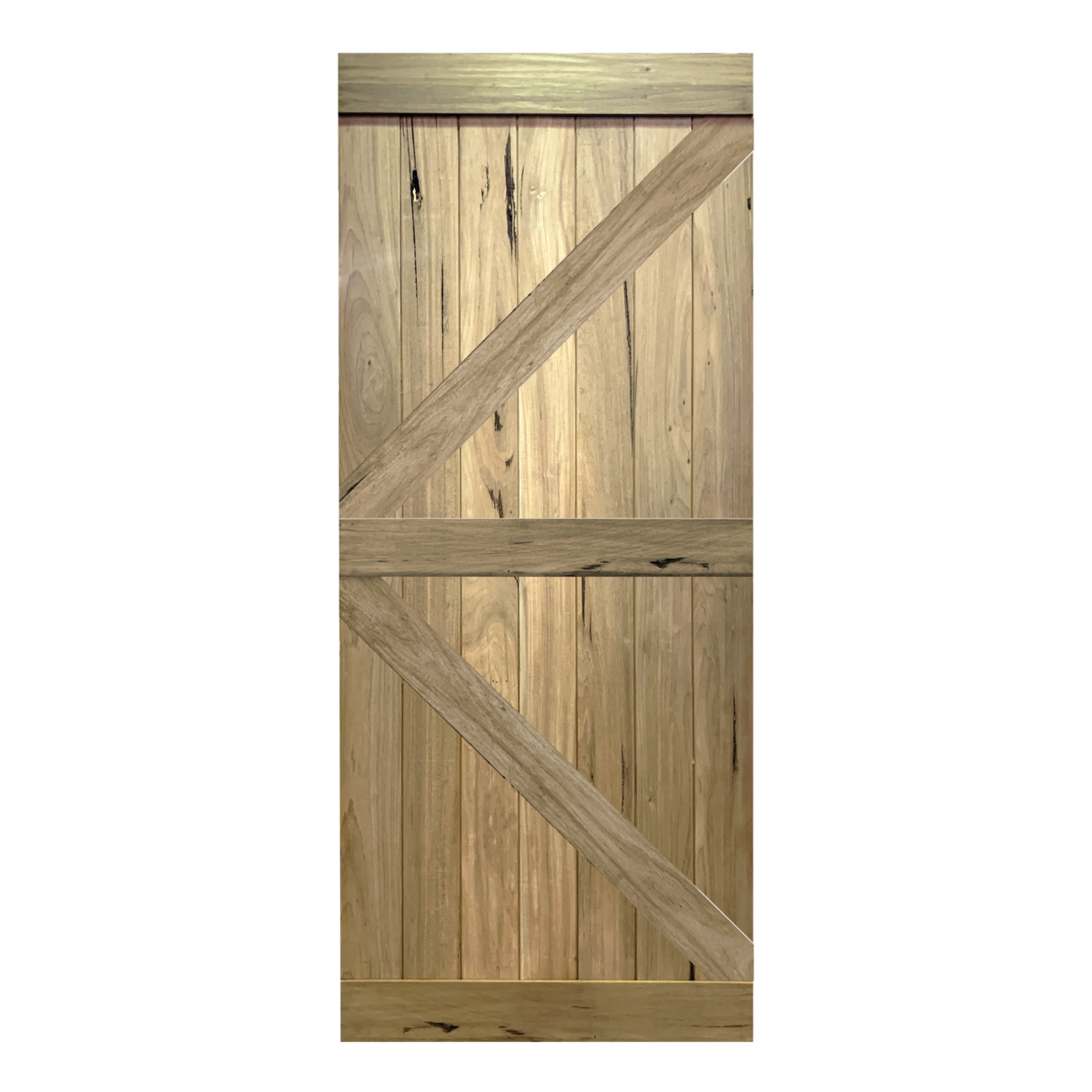Table Of Content

Consider all available resources and be open to unexpected offers and synchronicity. Form a founder’s group or committee and identify the additional key people who are required to bring the labyrinth to fruition. Consider how you can best employ your contacts, funding sources, and local entities.
Step 6: Mark Exterior Dimensions
You can use rows of herbs to mark the boundaries, making walking your labyrinth a sensory experience. On the other hand, you could opt to create a pathway in brick or stepping stones. This style has lasted such a long time because it’s so easy to create.
What Do You Need for Building a Backyard Labyrinth?
A 28-foot Chartres labyrinth will use about 615 square feet of path material, while a 44-foot version with 6-inch garden beds between paths will use about 1,060 square feet of path material. Three and five circuit labyrinths have been rising in popularity, especially for those who have limited time, budgets, or space. For decades the seed pattern for drawing the simplified Classical pattern has been taught with a cross and four dots. A couple of essential aspects are sacrificed, however, and I have been studying other methods. If you want to make a labyrinth a feature of your garden, you first need to decide how you want to mark the paths.
Chelsea à la Chartres™
The volunteer wanted to know if Jesus Christ would support the labyrinth. If you want an amazing labyrinth design that stands out from the competition, work with a professional designer. Find and hire a designer to make your vision come to life, or host a design contest and get ideas from designers around the world. Client wanted an evocative and beautiful cover that hinted at moving through multiple timelines in a muted color palette. RESEARCH - Up-to-date information about labyrinth research and an invitation to participate in an ongoing research project. MEDIA - Documents, Audio, Video, interviews full of information about labyrinths and the labyrinth community.
Eugenio Caballero Interview: 'Bardo' Production Designer - IndieWire
Eugenio Caballero Interview: 'Bardo' Production Designer.
Posted: Sat, 07 Jan 2023 08:00:00 GMT [source]
Luckily my sister and girlfriend were all around to help me and my parents build over Thanksgiving. Whichever option you choose, you should take care to mark out the center of your labyrinth first and map out where the paths will go. Using pegs and string is an excellent method to help you plan out your routes before making any permanent changes.
Others are painted on canvas and rolled out for special occasions. You’ll find them at churches, schools, hospitals, libraries, parks and cemeteries. Indoor labyrinths in churches and cathedrals had to close at the start of the pandemic, but outdoor labyrinths such as the Crown offered a COVID-safe way for people to gather in meditation and community. Learn how to transform an ordinary backyard garden into a true showpiece.
Read further for a few more tips and guidance on the many ways you can use a labyrinth. Activities for Kids - This page has labyrinth information and activities created for young enthusiasts. Labyrinth Types - A guide to the many kinds of labyrinths found all over the world. As you uncoil the rope from it's box, spool or coil it's bound to have some twists in it. Wanting to lay down unkinked and as straight rope as possible, we simply rolled the box in one direction or another to work out the twists.
Step 9: Mark Grid Coordinates
Learn to create a Seven Circuit Classical Labyrinth from a seed pattern. The rope then wraps around the third post and finally the fourth post as you complete marking the design. The centre post takes over as the axis as you mark out the seven semi-circles that form the top half of the labyrinth... As you start to unwind the cord from the first post, mark the small arc described by the first red knot... Outdoors, these can be wooden stakes or tent pegs, metal pins or poles knocked into the ground.
As you walk a Roman labyrinth, you’ll walk around each quadrant before making your way to the center. There are several different styles within this class of labyrinth, giving you plenty of options to play with. These labyrinths were placed in Gothic cathedrals and churches across the world. The labyrinth was intended to be walked as part of a pilgrimage or for repentance. You can create something extraordinary and beautiful and have fun doing it. Labyrinths have become increasingly popular as tools for meditation and mindfulness.
Dowsers can aid in discerning the energy and obstacles of a space. The orientation is also a key consideration as it will determine the location of the entrance and view upon entering the center. Don’t just look at a potential site, listen, and consider the cycles of the seasons.
Design with wider paths and fun elements like hidden treasures or playful sculptures. Include plants with different textures, scents, and colors for a sensory-rich experience. Design the labyrinth so that parts are in sun and parts in shade, using plants that thrive in each condition. A minimalist design with raked sand and strategically placed rocks, inspired by Zen gardens. Alternate between grass and gravel paths for a simple yet effective textural contrast. You will not wonder that I lose time and catch at every hope, rather than involve myself in that labyrinth of Chicane and expense.

No matter why you may find yourself walking a labyrinth, it's generally agreed that labyrinths are beautiful and interesting creations. In short, labyrinths are built to be enjoyed, and that's certainly why we built ours.Wikipedia's labyrinth page has lots of interesting information on the history of labyrinths and their uses. Building a labyrinth is actually far easier and quicker than I ever would have thought. The metal bracket slides along the wooden top surface of the base until it hits the steel rod.
The lever is pulled on until it moves all the way around the pivot bolt and hits the stop on the far side. Then, we simply released pressure on the lever, backed it off a few inches and removed the perfectly bent steel rod. Labyrinths can be created as simply as a single person drawing in the sand to an assortment of volunteers, professionals, contractors, and other hired hands. With more complicated patterns (like Chartres) or refined materials (like paint), a professional labyrinth designer or builder can achieve greater precision and efficiency. Labyrinth builders can also help consult on all aspects of the design, materials, plan, budget, and site preparation.













